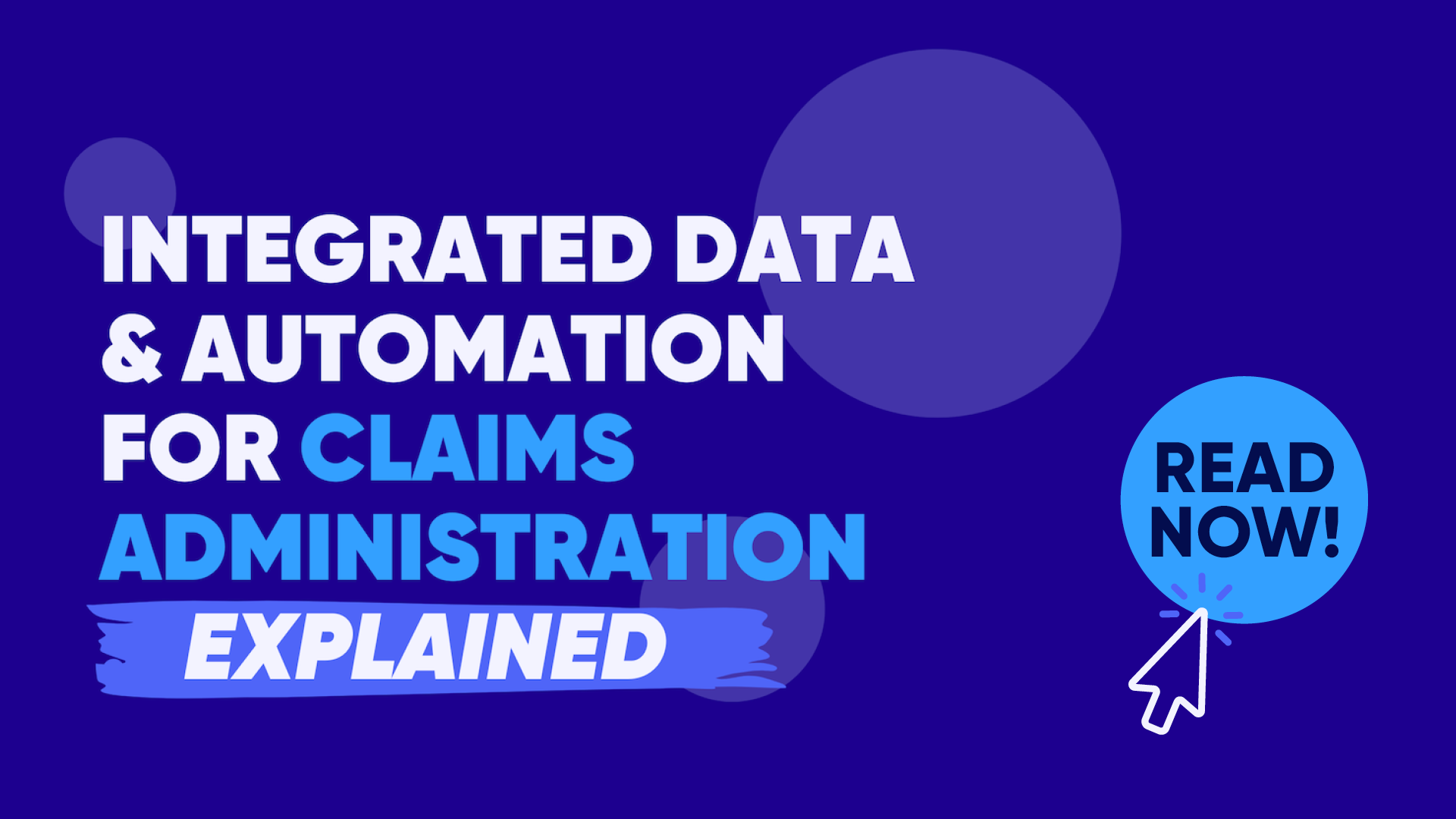Top 10 Workers’ Compensation Tech Trends to Watch in 2025
Now that 2025 is here, the workers’ compensation industry prepares for significant technological advancements. Key trends include the use of generative AI for claims, predictive cyber risk models, quantum computing for risk forecasting, and IoT devices for ergonomic monitoring. These innovations aim to enhance workplace safety, improve claims processing, and streamline compliance across multiple states.













